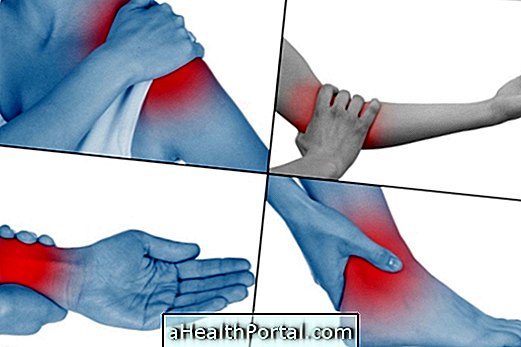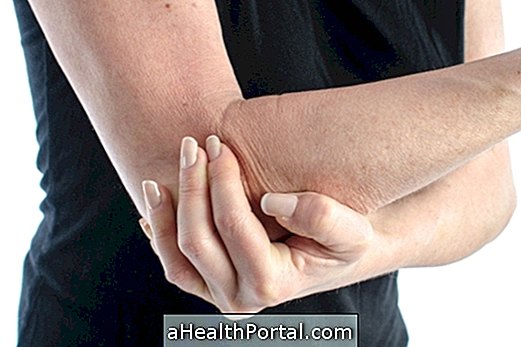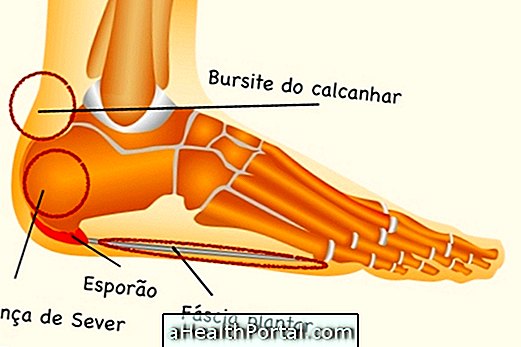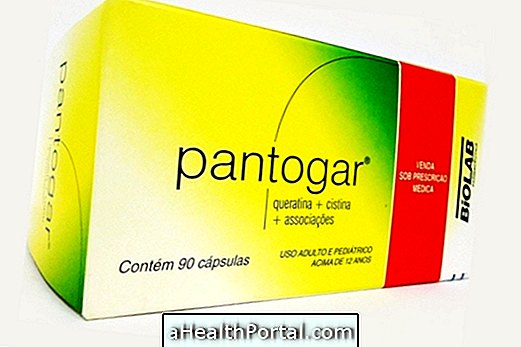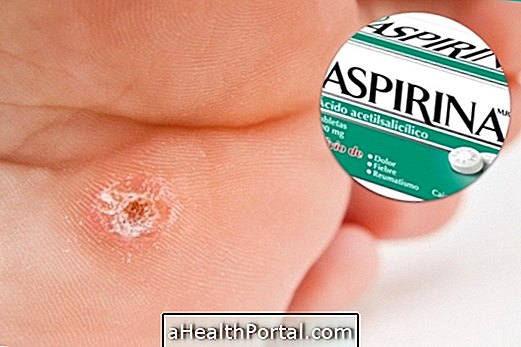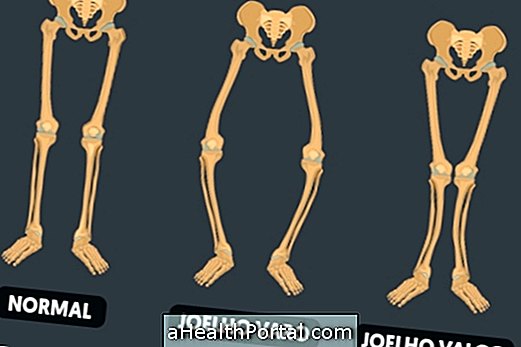Treatment for plantar fasciitis involves the use of ice packs for pain relief for 20 minutes, 2 to 3 times a day. Analgesics can be used to control pain and perform some physiotherapy sessions where specific devices and techniques can be used.
Applying an anti-inflammatory ointment daily, getting a massage and some stretches are important points of everyday life to help recover from the injury, but it's also important to avoid standing too long and wearing comfortable, supple shoes.
Treatment for plantar fasciitis can be done with:
1. Ice
You can apply rolled ice on kitchen paper and let it act for 15 minutes, twice a day. Cold is good for relieving pain and fighting inflammation but another way to take advantage of properties is to place your foot in a bowl of cold water and ice pebbles.
2. Massage
Foot and leg massage also helps with relief of symptoms and is an easy way to feel better and can be done at home and sometimes at work. Always use moisturizing cream or oil to better slide your hands over your feet to make the massage more enjoyable and efficient.
Check out another technique that can help relieve foot pain in this video:

3. Remedies
The doctor may recommend the use of ointments to apply in the sore area but the tablets can also be used although they can cause stomach pain and therefore should not be used for more than 5 consecutive days.
4. Physiotherapy
In physical therapy there are devices like ultrasound, laser and iontophoresis that can be used together to disinflam the fascia but must be performed when prescribed by the physiotherapist and sometimes one can opt for other features.
5. Stretching
The stretching exercises that you can do at home everyday are very helpful in relieving discomfort and is a simple and easy technique to do several times a day. To lengthen the fascia you can hold it on tiptoe by pulling it up as far as the pain is bearable hold this stretch for 30 seconds at a time, repeating 3 times.
6. Splint for sleeping
Another strategy that may be interesting is to use a splint on the foot to sleep. This splint will promote the elongation of the fascia throughout the night, promoting its flexibility.
7. Exercises to strengthen the muscles of the feet
As one of the factors of the development of plantar fasciitis is the weakness of the intrinsic muscles of the foot, the exercises that are specific to strengthening them is essential for recovery after pain relief. A good position is to sit with your feet together, sticking the soles of both feet and holding that position for approximately 5 minutes, counted in the clock.
To avoid that the fascite reappears is advised to eliminate some factors that favor its appearance.
The most common causes of plantar fasciitis are obesity, use of very hard shoes and repetitive effort. In addition to performing the treatment for foot pain, it is necessary to remove what is causing the disease, so that it does not return with the passage of time.
The obese should adopt a diet to lower the weight under their feet, and all patients should buy comfortable shoes, preferably orthopedic. A good tip to buy shoes is to go to the store at the end of the day, after work, because at this time your feet will be more swollen, and if the shoe is comfortable anyway, it is okay.
When to return to activities
After pain relief it is still important to maintain the treatment until healing of the injury, so it is recommended to avoid high heels throughout the treatment, preferring soft shoes. Those who practice racing do not have to abandon their training altogether, only the competitions so as not to make the pain worse.

